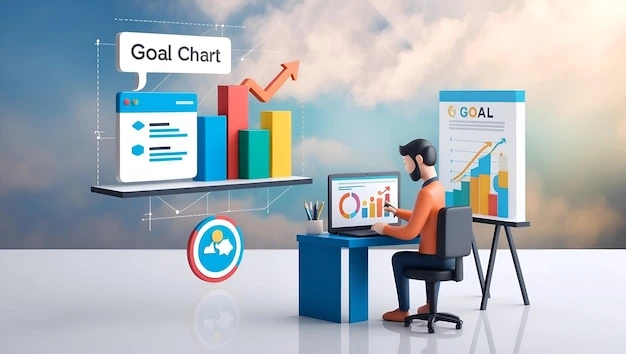Introduction
Are you struggling to get your business noticed online? You’re not alone. Many business owners face the challenge of standing out amidst the crowded digital space. The secret to marketing success lies in creating a flywheel where multiple strategies work together to amplify your efforts. Here’s how you can use search engine optimization (SEO) and pay-per-click (PPC) marketing together to grow your business and achieve your goals.
What is SEO?
Search engine optimization (SEO) is the process of improving your website’s visibility on search engines like Google by optimizing its structure, content, and user experience. It’s a long-term strategy that focuses on understanding customer needs and positioning your brand effectively throughout their buying journey.
What is PPC?
Pay-per-click (PPC) advertising is an online model where advertisers pay a fee each time their ads are clicked. It’s a method of buying visits to your site rather than earning them organically through SEO. PPC is ideal for reaching customers close to making a purchase or those urgently needing a product.
Why Use PPC and SEO Together?
SEO and PPC are two sides of the same coin. SEO is a long-term strategy focusing on the customer journey, while PPC captures attention at the moment of purchase. Combining these tactics can help you dominate search engine results pages (SERPs) and achieve marketing success.
9 Ways to Make PPC and SEO Work Together:
A seamless landing page experience is crucial for converting clicks into actions. Consider the following when evaluating your landing pages:
1. Dominate the SERPs
- Benefit: Increased online visibility and more real estate on search engine results pages.
- How: Run combined SEO and PPC campaigns to push competitors out of top listings.
2. Improve User Experience
- Benefit: Enhanced customer satisfaction and higher conversion rates.
- How: Align SEO and PPC strategies to create consistent messaging and seamless navigation.
3. Leverage Keyword Data and Research
- Benefit: Better understanding of customer intent and search behavior.
- How: Use PPC data to inform your SEO strategy and create content that drives targeted traffic.
4. Implement Remarketing
- Benefit: Higher chances of converting previous visitors into customers.
- How: Combine SEO and PPC to create targeted remarketing lists.
5. Save Money
- Benefit: Maximized ROI and reduced marketing spend.
- How: Use PPC to identify high-performing keywords and optimize your SEO strategy.
6. Use PPC Data for Conversion Testing
- Benefit: Improved content and higher conversion rates.
- How: Apply PPC insights to refine your SEO content and landing pages.
7. Test Landing Pages Quickly
- Benefit: Faster optimization and better user experience.
- How: Use PPC campaigns to test landing page variations.
8. Use SEO Data Trends for PPC Keyword Opportunities
- Benefit: Enhanced targeting and more efficient PPC campaigns.
- How: Leverage SEO data to discover new keyword opportunities for PPC.
9. Use SEO Customer Journey to Direct PPC Strategy
- Benefit: Better targeted PPC campaigns and improved conversion paths.
- How: Analyze SEO data to optimize PPC ad copy and campaign structure.
Conclusion
Combining SEO and PPC efforts allows you to maximize your online presence, drive more targeted traffic, and achieve better results. Regularly analyze data from both strategies, refine your approach, and enjoy the benefits of a well-rounded digital marketing strategy. For more insights and services on digital marketing, visit our Digital Marketing Services page.
By understanding and leveraging the strengths of both SEO and PPC, you can create a powerful synergy that will help your business thrive in the competitive digital landscape. Are you ready to take your online marketing to the next level? Let’s get started!






